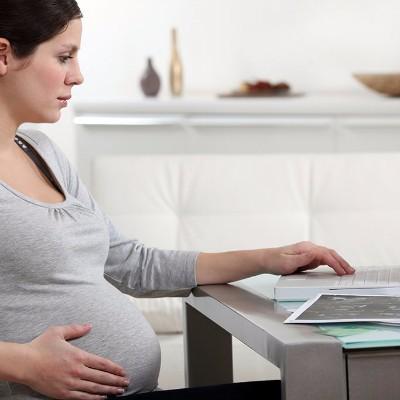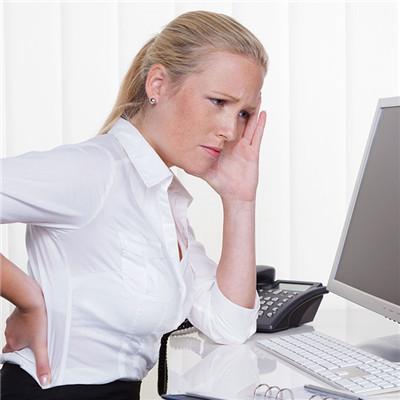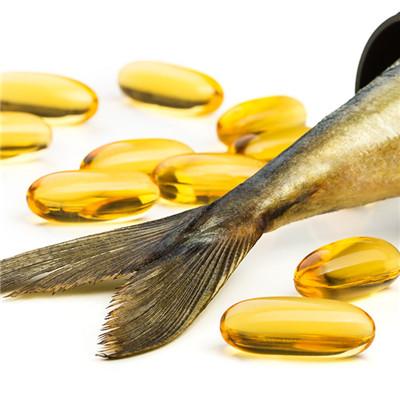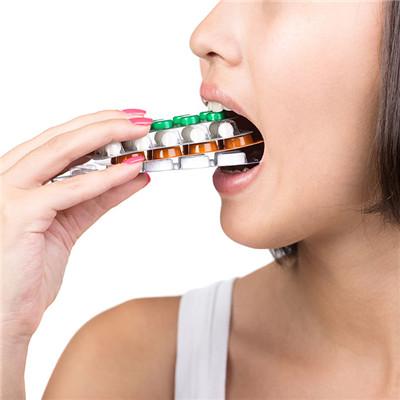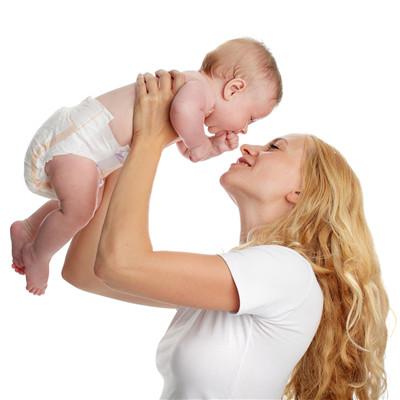What does the symptom of erosive gastritis have
summary
Erosive gastritis is called Verrucous Gastritis or pox rash gastritis. It is often accompanied by peptic ulcer, superficial or atrophic gastritis, and can also occur alone. Erosive gastritis is generally only seen after meals, fullness, pantothenia, belching, irregular abdominal pain and other symptoms of indigestion. Therefore, the diet of patients with erosive gastritis has become a common concern of many patients and their families. What does the symptom of erosive gastritis have to tell everybody.
What does the symptom of erosive gastritis have
Acute erosive gastritis: etiology: recent history of taking non steroidal anti-inflammatory drugs (NSAID, such as aspirin), some anti-tumor drugs, oral potassium chloride or iron, serious diseases or heavy drinking; Clinical manifestations: upper abdominal pain or severe pain, sudden hematemesis and (or) melena; Severe acute massive hemorrhage can lead to severe anemia or shock.
Chronic erosive gastritis: Helicobacter pylori infection, high salt and lack of fresh vegetables and fruits diet, environmental factors, autoimmunity, long-term alcoholism, bile and pancreatic juice reflux, etc; Clinical manifestations: general upper abdominal burning pain, dull pain, distending pain or discomfort, upper abdominal fullness, early satiety, acid regurgitation, belching, loss of appetite, anorexia, nausea, anemia and other symptoms of dyspepsia.
Endoscopy: the main manifestations of acute cases are multiple erosion of gastric mucosa, often accompanied by bleeding of gastric mucosa, formation of transient shallow ulcer, etc. In chronic cases, erythema, rough mucosa, bleeding spots / spots, mucosal edema and exudation were the main manifestations; Most of them are antrum.
matters needing attention
Appropriate exercise is a good way to increase gastrointestinal peristalsis, which can effectively promote gastric emptying, enhance gastrointestinal secretion function, improve digestion, and contribute to the recovery of gastritis.
